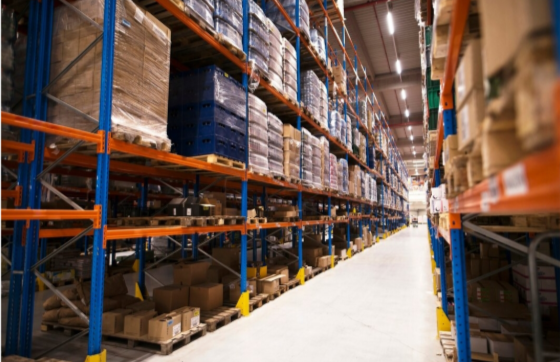Choosing the right warehouse is one of the most important decisions for any business that relies on storage, logistics, or distribution. The right facility can make your operations smoother, cut down costs, and improve delivery timelines.
However, finding a suitable warehouse that fits your business requirements is not as simple as you might expect. It requires careful consideration of space, accessibility, safety, technology, and cost efficiency.
The following tips will guide you toward selecting a warehouse that aligns perfectly with your company’s operational goals. Read on!
1. Evaluate the Location and Accessibility
The location of your warehouse plays a role in determining how efficiently you can move goods to and from the facility. Before finalizing a site, analyze its proximity to major highways, airports, and railway stations.
A warehouse located close to transportation routes can significantly reduce transit time and fuel costs. It also allows you to serve your customers faster, improving overall satisfaction.
When evaluating accessibility, consider the road conditions and connectivity to nearby commercial hubs. Ensure the routes can handle heavy trucks or delivery vehicles without causing frequent delays.
2. Assess the Storage Space
Once the location is settled, the next step is to assess the physical space of the warehouse. The size and design of the facility should align with the volume and nature of your inventory. Consider the total square footage, ceiling height, and usable space for shelving, racking, and packaging areas.
A well-designed layout enhances workflow efficiency. You should look for open floor plans that can accommodate machinery and loading equipment without difficulty. The layout must support smooth movement between receiving, storage, and dispatch zones.
3. Consider Safety, Security, and Compliance
Safety and security are non-negotiable aspects of any warehouse operation. You need a facility that protects both your staff and your inventory from potential risks. Start by checking if the warehouse complies with local building codes, fire safety regulations, and occupational health standards.
Fire suppression systems, emergency exits, and alarm systems should be fully functional. Evaluate whether the facility has proper ventilation and temperature control, especially if you store sensitive products like electronics or food items.
Security should also be a top priority. A reliable warehouse must have modern surveillance systems, restricted access areas, and 24-hour security personnel. Compliance is another area that businesses often overlook. Ensure the warehouse meets industry-specific regulations.
4. Analyze Technology
Technology can affect a warehouse’s efficiency. A modern warehouse should integrate tools that simplify inventory tracking, order processing, and logistics management. When evaluating potential facilities, ask about their warehouse management system and whether it supports automation or RFID tracking.
Automated systems reduce manual labor and human errors, ensuring more accurate order fulfillment. If your business involves e-commerce or frequent shipping, choose a warehouse with real-time inventory tracking.
5. Compare Costs and Contract Terms
Cost is always an important factor when choosing a warehouse, but it should never be the only deciding point. The cheapest option may save money upfront but could lead to higher expenses in the long term if it lacks essential features or efficiency.
Start by analyzing the total cost of ownership, which includes rent, utilities, maintenance, insurance, and labor. Ask for a detailed breakdown of expenses before signing any agreement.




